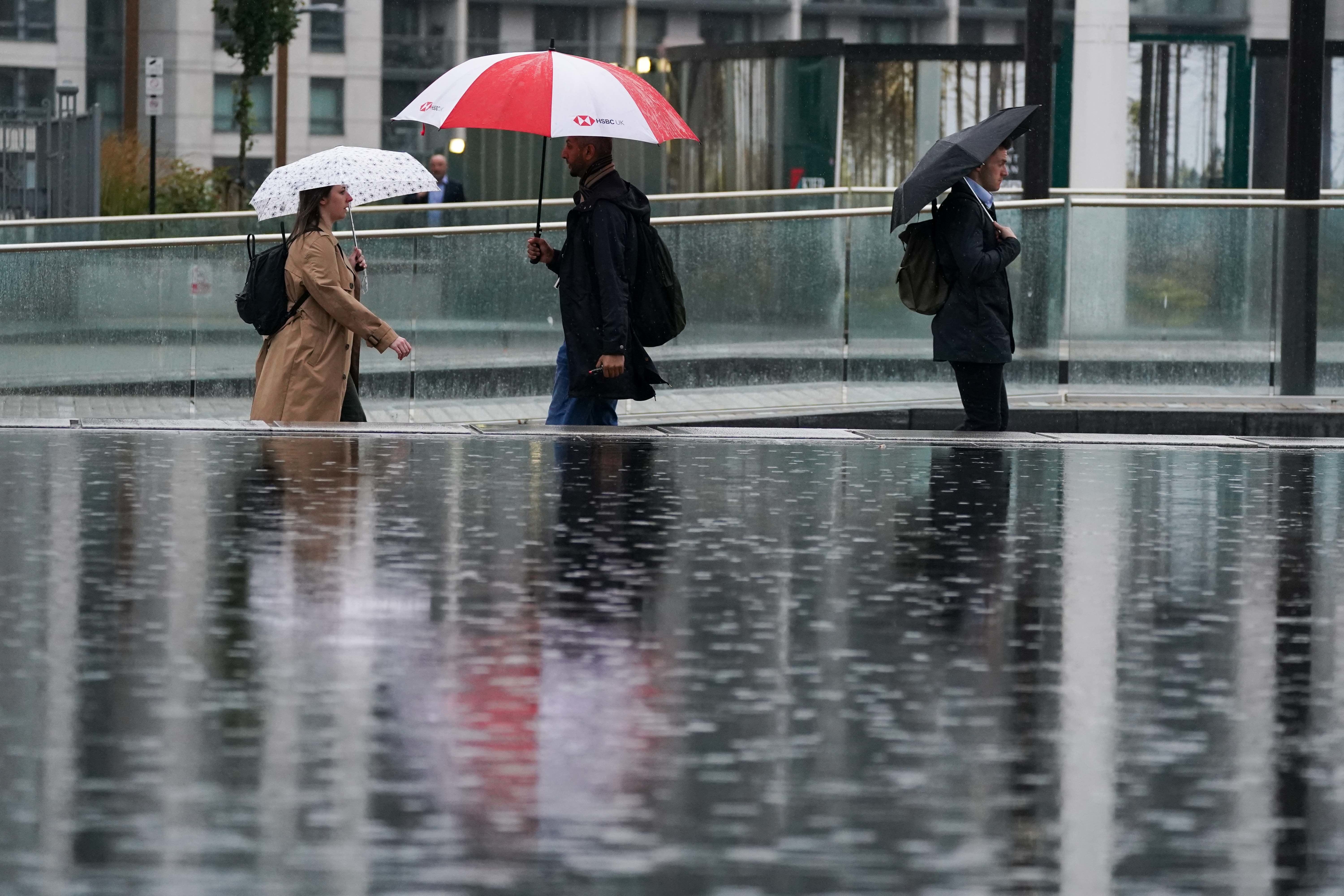The key takeaways from the Met Office State Of The UK Climate 2023 report
Less snow and a sunny June

Your support helps us to tell the story
From reproductive rights to climate change to Big Tech, The Independent is on the ground when the story is developing. Whether it's investigating the financials of Elon Musk's pro-Trump PAC or producing our latest documentary, 'The A Word', which shines a light on the American women fighting for reproductive rights, we know how important it is to parse out the facts from the messaging.
At such a critical moment in US history, we need reporters on the ground. Your donation allows us to keep sending journalists to speak to both sides of the story.
The Independent is trusted by Americans across the entire political spectrum. And unlike many other quality news outlets, we choose not to lock Americans out of our reporting and analysis with paywalls. We believe quality journalism should be available to everyone, paid for by those who can afford it.
Your support makes all the difference.2023 was another unprecedented year in terms of extreme weather events across the UK amid the growing impact of climate change.
In the UK, 2023 was the second warmest year on record and brought storms, flooding, intense heatwaves and rising sea levels but will be a “cool year” compared to 2100 under predicted trajectories for the warming planet.
Here we look at some of the key statistics of the Met Office’s State Of The UK Climate 2023 report showing how the country is becoming hotter and wetter compared to the last century.
Temperatures
– 2023 was the second warmest year on record for the UK, with only 2022 warmer. It was 0.8C above the 1991–2020 average and 1.66C above 1961–1990.

– The UK recorded its warmest June on record by a wide margin, with a major North Atlantic marine heatwave a significant contributing factor.
– 30C was recorded in September in the UK on seven consecutive days, for the first time on record.
– Six years in the most recent decade (2014–2023) have been within the UK’s top-10 warmest. All 10 warmest years occurred in the 21st century.
– February, May, June and September 2023 were all ranked in the top-10 warmest months.
– The most recent decade was on average 0.42C warmer than the 1991–2020 average and 1.25C warmer than 1961–1990. It was the warmest 10-year period on record.
– The number of “warm” days (maximum 25C) has increased by 63%, the number of “hot” days (28C) has more than doubled and “very hot” days (30C) more than trebled for the most recent decade (2014–2023) compared with 1961–1990.
Precipitation
– 2023 was the seventh wettest year on record for the UK, with 113% of the 1991–2020 average. Large areas of the UK exceeded 125%.
– The UK recorded its wettest September to December period since 2000 due to persistently wet and unsettled weather, including the sequence of named storms from Agnes to Gerrit.

– March, July, October and December 2023 were all top-10 wettest months in the UK monthly rainfall series – the first year this has happened for four separate months.
– Five of the 10 wettest years for the UK have occurred in the 21st century.
– The most recent decade was 2% wetter than 1991–2020 and 10% wetter than 1961–1990.
– It also had around 20% more days of exceptional rainfall compared to the 1961-1990 period.
– UK winters for the most recent decade (2014–2023) have been 9% wetter than 1991–2020 and 24% wetter than 1961–1990, with smaller increases in summer and autumn and none in spring.
– Scotland had its wettest two-day period on record in October. England and Wales combined had its third wettest three-day period on record in October.
Snow and frost
– While there were some snow events in 2023 (and several recent years were less snowy), overall this was still a much less snowy year than most other years since the 1960s.

– In recent years, widespread and substantial snow events have occurred in 2009, 2010, 2013, 2018 and 2021, but their number and severity have generally declined since the 1960s.
– The most recent decade had over a week fewer ground frosts per year than the 1991–2020 average and almost a month fewer than 1961–1990.
Sunshine
– 2023 sunshine for the UK was 102% of the 1991–2020 average.
– June was the sunniest month of the year and the UK’s sunniest calendar month since May 2020.
– The 2014-2023 decade has been the sunniest 10-year period in the UK.
– The most recent decade had for the UK on average 4% more hours of bright sunshine per year than the 1991–2020 average and 9% more than 1961–1990.